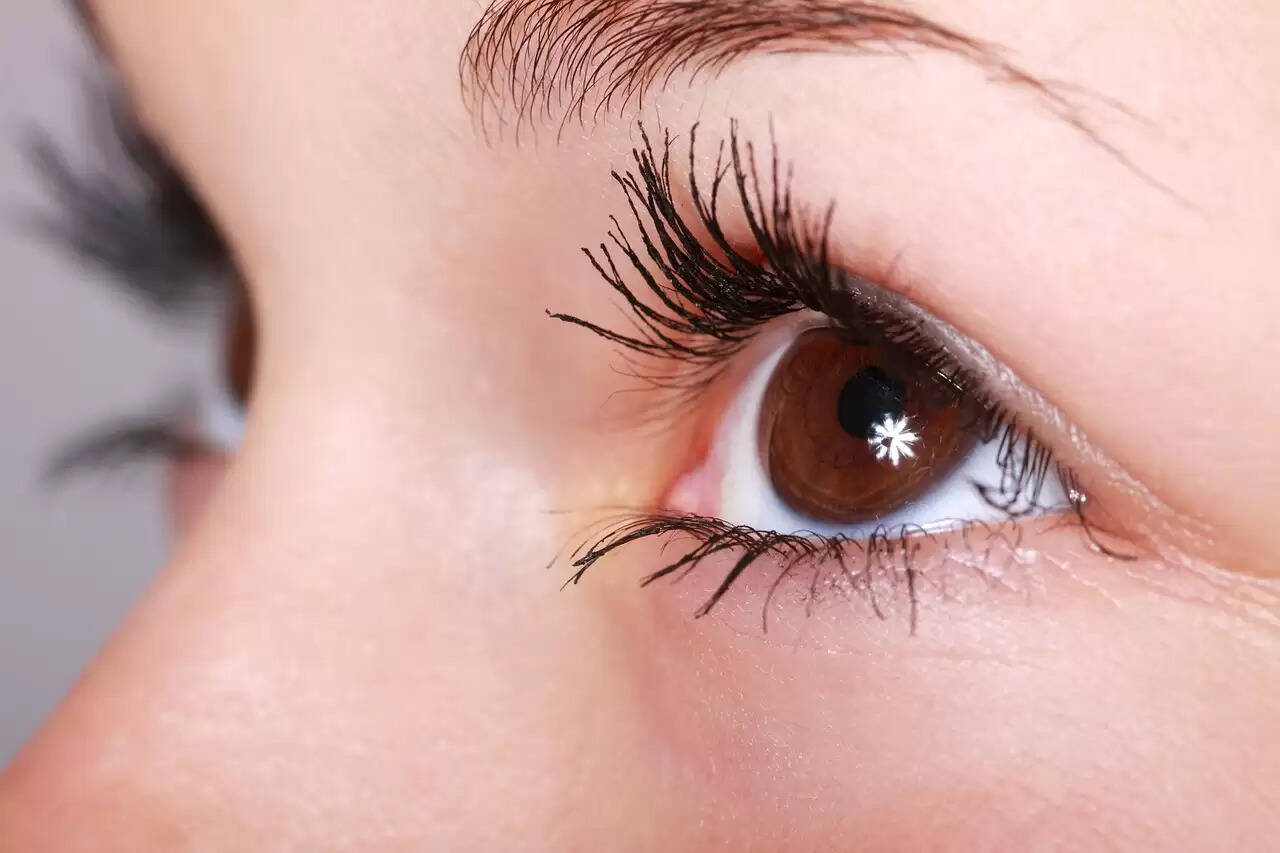Our Eyes May Reveal Our True Biological Age

It will help them predict if you are running the risk of early death, through the examination of tiny vessels in your eyes.
Examining eyes has always been a part of gauging a person’s health condition. When cholesterol levels are significantly high, it may form a blue, gray, or white ring around your iris. When suffering from rheumatoid arthritis, can lead to dry eyes.
A rare genetic disorder, Wilson’s disease, leads to a coppery gold ring forming around the iris.
The section of your eye, called the retina, can also reveal a great deal. It is a layer that appears at the back of your eye.
The retina can suffer from underlying health conditions, such as high blood pressure, diabetes, and cancer, among others.
Thus, when you visit your doctor, they may dilate your eyes, to check if you are suffering from any disease. But, the retina will soon be able to convey more.
What does the recent study suggest?
With chronological age, the health risks tend to increase. However, people belonging to the same age group have varied risks level of illnesses and early death.
A person’s ‘biological age’ triggers this difference. For each individual, this biological age is unique, unlike the chronological age. It shows a greater likelihood to be a more robust indicator of current and future health.
The British Journal of Ophthalmology published research online, which points to the potential use of the ‘retinal age gap.’
Researchers suggest that it can aid as an effective screening tool. They have developed that the difference between the retina’s biological age and your chronological age gives the cue to the death risk.
Various techniques are used to identify biological aging, such as deploying the cell, tissue, or imaging-based indicators. But researchers point out that these methods are time-taking, expensive, invasive, and pose various ethical and privacy issues.
There is a new ray of hope in the ‘retinal age gap.’ This new study establishes that the retina may enable doctors to determine a person’s true biological age, in a non-invasive, easy manner.
A modeling study
In this study, researchers adopted the deep-learning model. Over 80,000 images of the fundus (the portion of the eye that contains the retina) were modeled.
The images were taken from nearly 47,000 adults, who belonged to the age group of 40 to 69. A biomedical database, UK Biobank stored these images.
To check the accuracy of this deep-learning model, the researchers studied more than 19,000 fundus images. It belonged to a relatively healthy group of 11,000 participants.
It was expected that their chronological age will be similar to the retinal biological age. In predicting the retinal age, the model provided fairly accurate results, and it was within 3.5 years of real age.
For the remainder of the 36,000 participants, their fundus images were examined over 11 years of the average monitoring period. The results obtained indicated that:
- 51% of participants had a “retinal age gap” of more than 3 years.
- 28% had a gap of more than 5 years.
- 4.5% had a gap of more than 10 years
Thus, compared to their chronological age, their retinas looked older.
Participants with larger age gaps were subject to 49%-67% higher death risks, and the causes did not include cancer or cardiovascular disease.
As the age gap increased by a year, the death risk increased by 2% from any cause. And for causes other than cardiovascular disease or cancer, it increased by 3%.
Bringing the theory to practice may take time. But as the researchers suggest, “retinal age” is of clinical significance, as it may possibly indicate one’s biological age.
.jpg)
